Coastal gardens demand plants that can handle wind, salt, and sandy soils — but that doesn’t mean sacrificing beauty. With the right selection, your garden can be both tough and tranquil, reflecting the natural charm of Australia’s coastline.
Here are five trees and shrubs that thrive in seaside conditions, offering structure, movement, and effortless coastal style.
Eucalyptus cinerea (Argyle Apple)
With its silver-blue foliage and elegant branching, Eucalyptus cinerea brings calm sophistication to coastal gardens. Its round juvenile leaves create soft texture and contrast beautifully with native grasses and darker foliage plants.
Key Features:
Height: 6–10m
Width: 4–6m
Foliage: Silvery-blue, rounded juvenile leaves
Bark: Smooth, pale grey
Best For: Feature planting, coastal shelter belts, textural contrast
Why It’s Special:
The shimmering foliage of Eucalyptus cinerea captures sunlight and adds a cool, coastal tone to garden palettes. It’s hardy, fast-growing, and ideal for open positions exposed to salt and wind.
Perfect Pair:
Pairs perfectly with Corymbia citriodora ‘Scentuous’ or Westringea to create layered structure and colour variation in a coastal landscape.
Tips for Planting:
Plant as a feature tree or in pairs to frame driveways or open lawns. Allow generous spacing (5–6m apart) for canopy spread and prune lightly to maintain form.
Westringea (Coastal Rosemary)
A classic Australian native, Westringea is the backbone of many coastal gardens. Its soft grey-green foliage and dainty white or mauve flowers provide year-round structure and subtle movement in windy environments.
Key Features:
Height: 1–2m
Width: 1–2m
Flowers: White to mauve, throughout most of the year
Foliage: Fine-textured, silvery-green
Best For: Coastal hedging, mass planting, native gardens
Why It’s Special:
Westringea thrives in exposed areas, providing colour and texture where other plants struggle. It’s versatile, waterwise, and ideal for creating natural shapes that soften architectural lines in coastal designs.
Perfect Pair:
Pairs perfectly with Banksias for contrast between its soft, fine foliage and the bold, sculptural form of the Banksia flower spikes.
Tips for Planting:
Plant in groups of three or five for an informal, natural look. For hedging, space plants 60–80cm apart and trim lightly twice a year to maintain density.
Banksia (Coastal Banksia Varieties)
Banksias are resilient natives that thrive in sandy soils and coastal conditions. Their dramatic flower spikes and unique forms bring both structure and wildlife appeal to the garden.
Key Features:
Height: 2–8m (depending on species)
Width: 2–4m
Flowers: Cylindrical spikes in gold, orange, or red
Foliage: Serrated or narrow leaves, silver beneath
Best For: Coastal feature planting, wildlife attraction, low-maintenance gardens
Why It’s Special:
Banksias create year-round interest, with flowers that attract birds and seed cones that add architectural texture. Their resilience makes them ideal for windy, exposed sites where they anchor the landscape visually.
Perfect Pair:
Pairs perfectly with Westringea for a balanced mix of colour, height, and texture in native or coastal-themed gardens.
Tips for Planting:
Plant as individual statement trees or in clusters of three for repetition. Choose species suited to your region, and ensure good drainage — they dislike waterlogged soils.
Elaeocarpus eumundii (Blueberry Ash)
Elegant and upright, Elaeocarpus eumundii brings refined structure to coastal landscapes. Its fine foliage, white bell-shaped flowers, and striking blue berries make it a favourite for both formal and native-style gardens.
Key Features:
Height: 6–8m
Width: 2–3m
Foliage: Narrow, deep green leaves
Flowers: Small white bells in spring
Fruit: Blue berries attracting birds
Best For: Screening, narrow spaces, subtropical coastal gardens
Why It’s Special:
Elaeocarpus eumundii is perfect for adding height and definition without bulk. It performs reliably in coastal climates and brings visual lightness and movement to dense plantings.
Perfect Pair:
Pairs perfectly with Waterhousia floribunda, complementing its weeping habit with a slender, upright form for layered evergreen screening.
Tips for Planting:
Plant in rows or clusters of three for privacy and rhythm. Space approximately 1.5–2m apart for screening, or wider if used as feature specimens.
Waterhousia floribunda (Weeping Lilly Pilly)
Waterhousia floribunda offers a lush, cascading canopy ideal for coastal hedging or large feature planting. Its glossy foliage and softly weeping habit bring elegance and movement to exposed coastal landscapes.
Key Features:
Height: 6–10m
Width: 4–6m
Foliage: Glossy green with bronze new growth
Growth Habit: Dense, weeping
Best For: Screening, formal hedges, windbreaks
Why It’s Special:
Waterhousia floribunda combines coastal tolerance with a refined, ornamental look. Its dense habit provides excellent privacy and wind protection while maintaining a graceful, flowing form.
Perfect Pair:
Pairs perfectly with Elaeocarpus eumundii for a structured, evergreen screen with layered form and texture.
Tips for Planting:
Plant in rows for hedging or pairs as boundary markers. Space 1.5–2m apart for a continuous screen. Prune annually to encourage dense growth.
Shop Waterhousia floribunda now
Final Thoughts
A well-designed coastal garden combines strength and softness — resilient structure with effortless movement. By choosing plants like Eucalyptus cinerea, Westringea, Banksia, Elaeocarpus eumundii, and Waterhousia floribunda, you’ll create a garden that not only endures coastal conditions but thrives in them.
Each of these species brings its own character — whether it’s the silvery foliage of Eucalyptus cinerea or the graceful form of Waterhousia floribunda — and together they form a stunning, low-maintenance coastal palette.


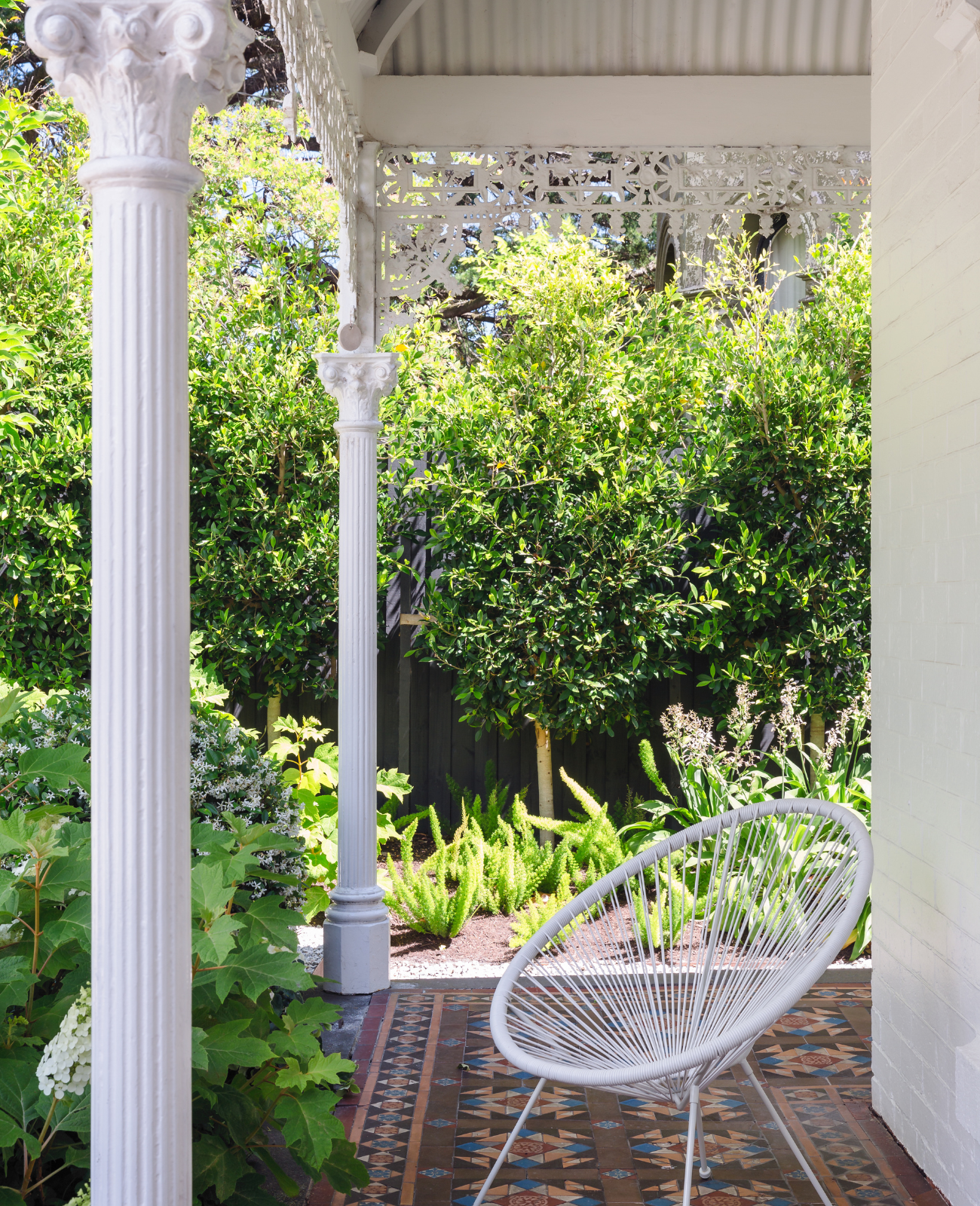
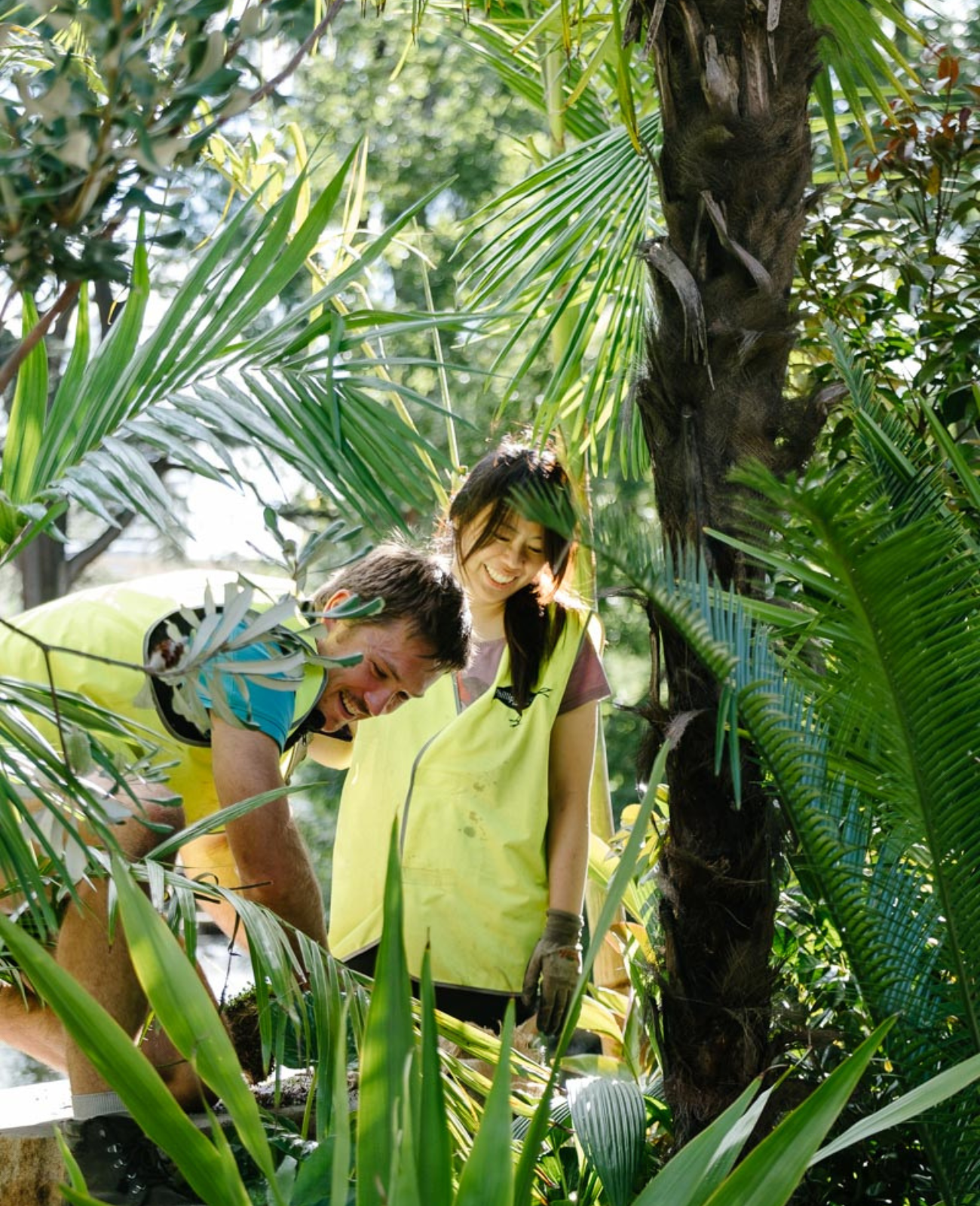
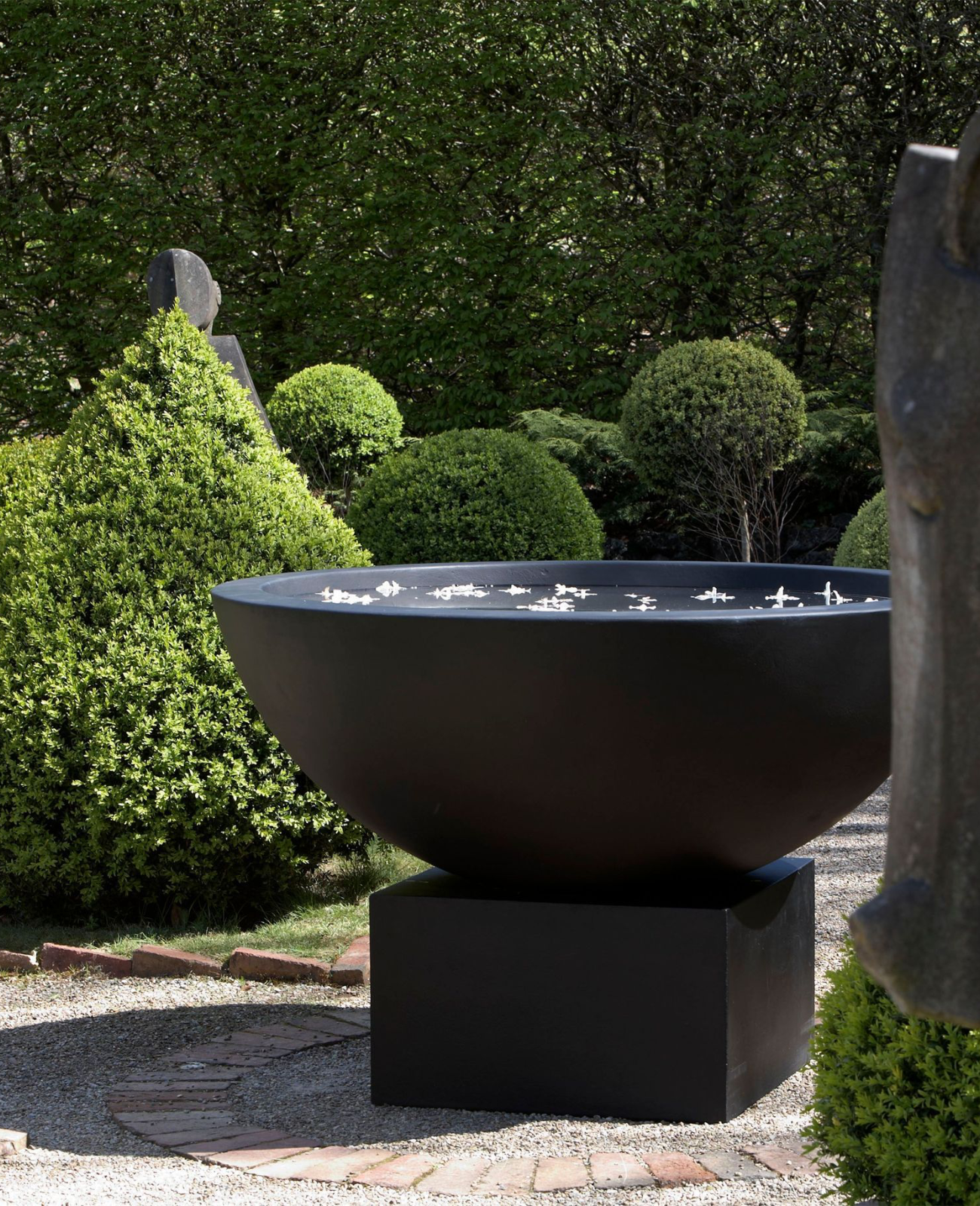
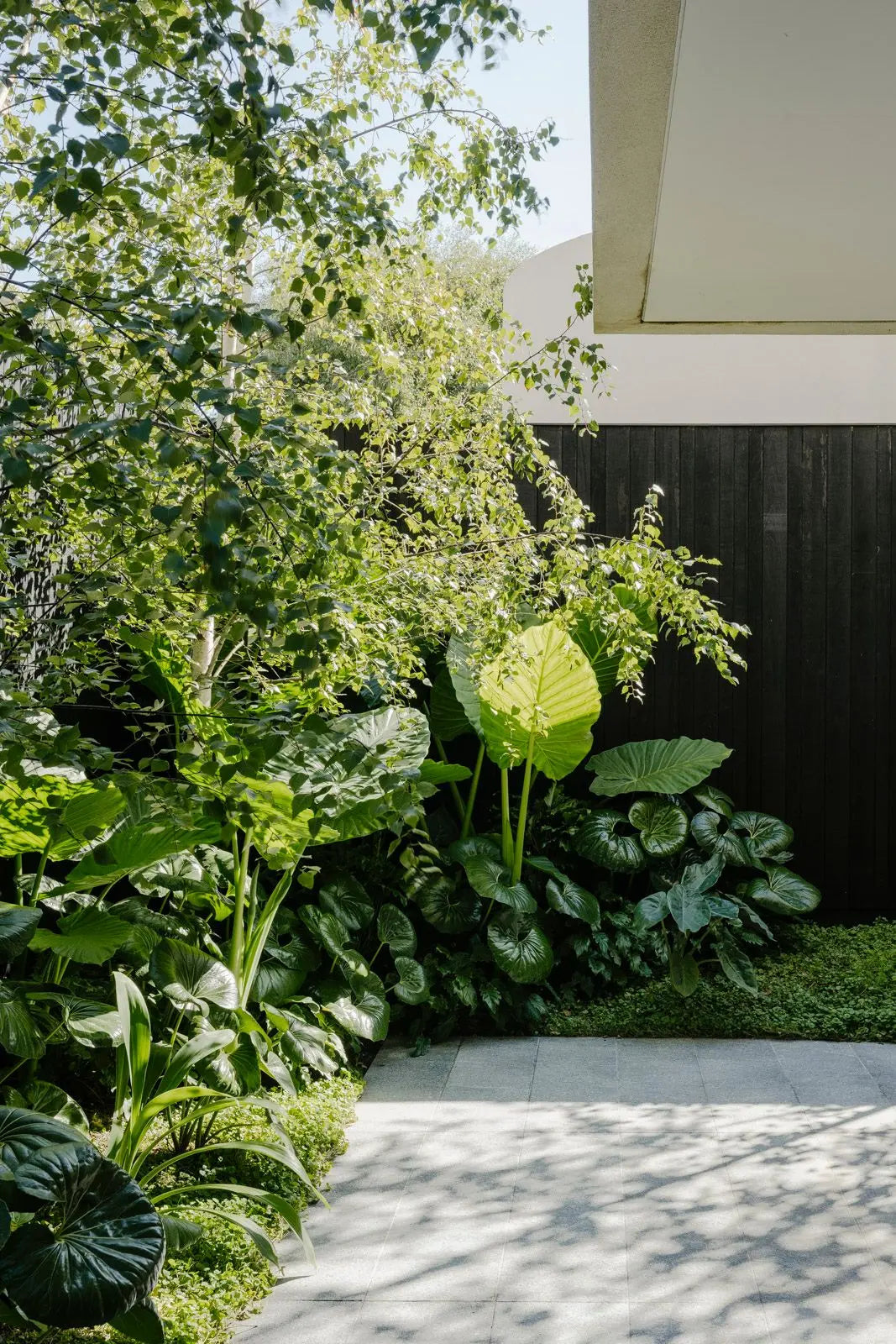
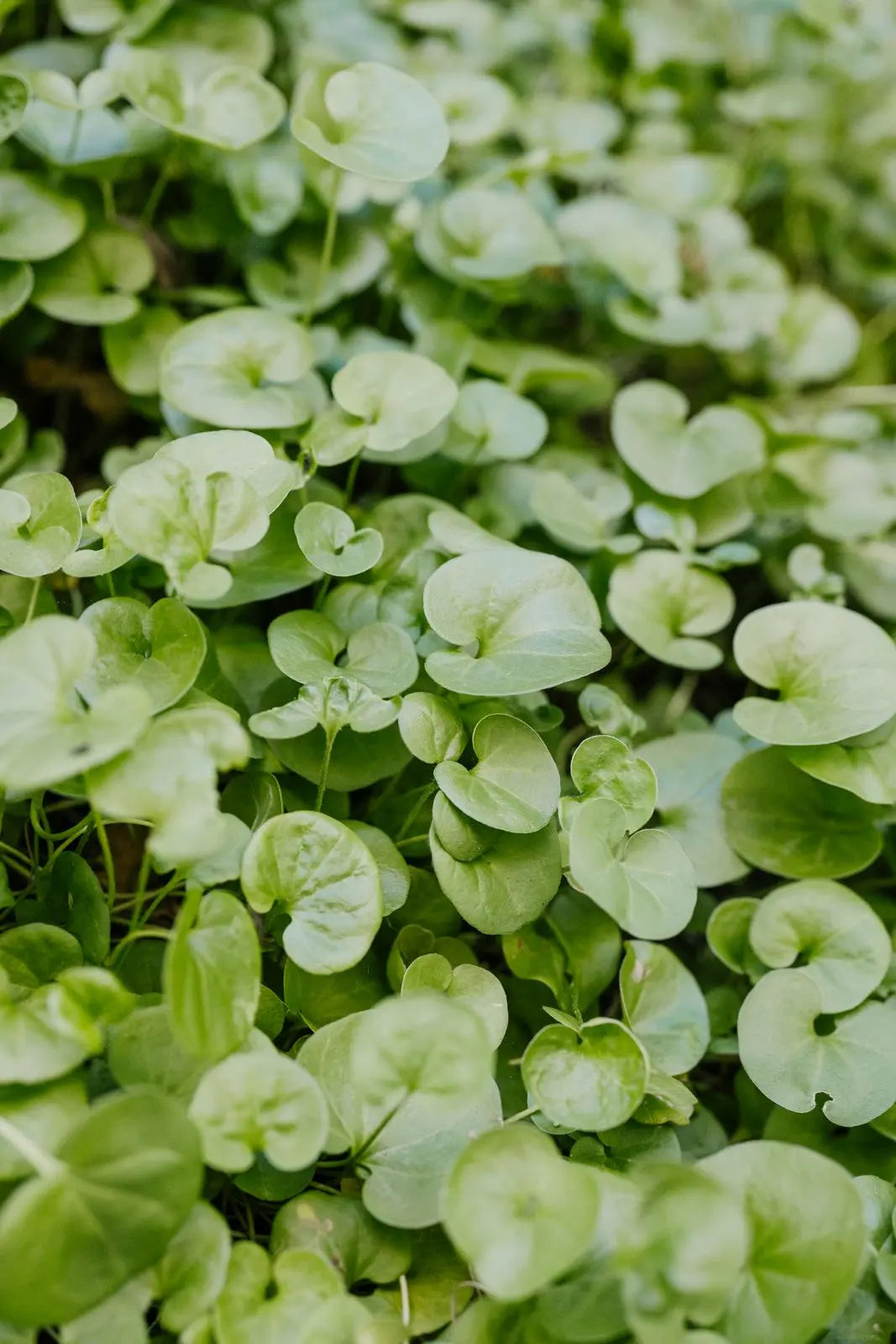
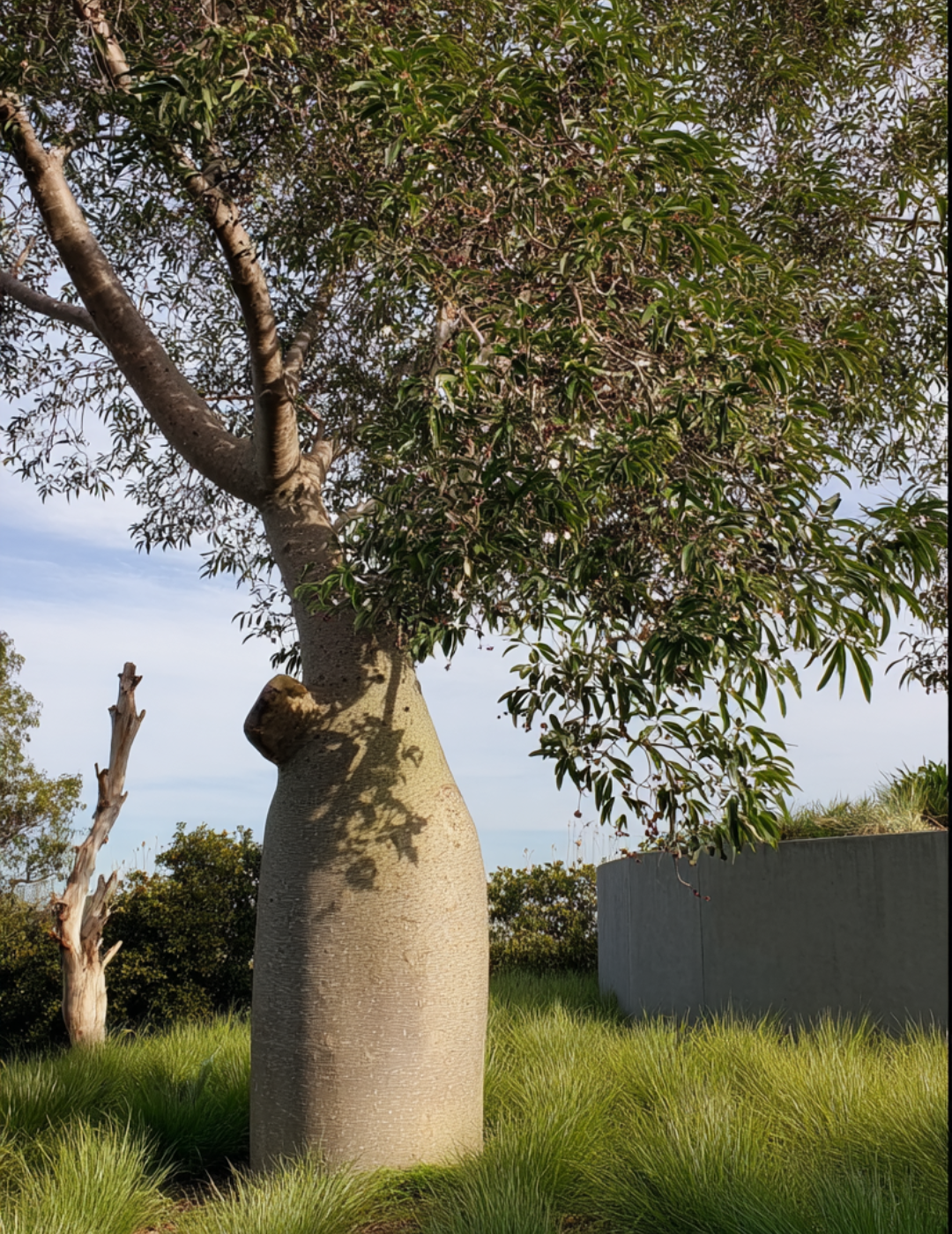
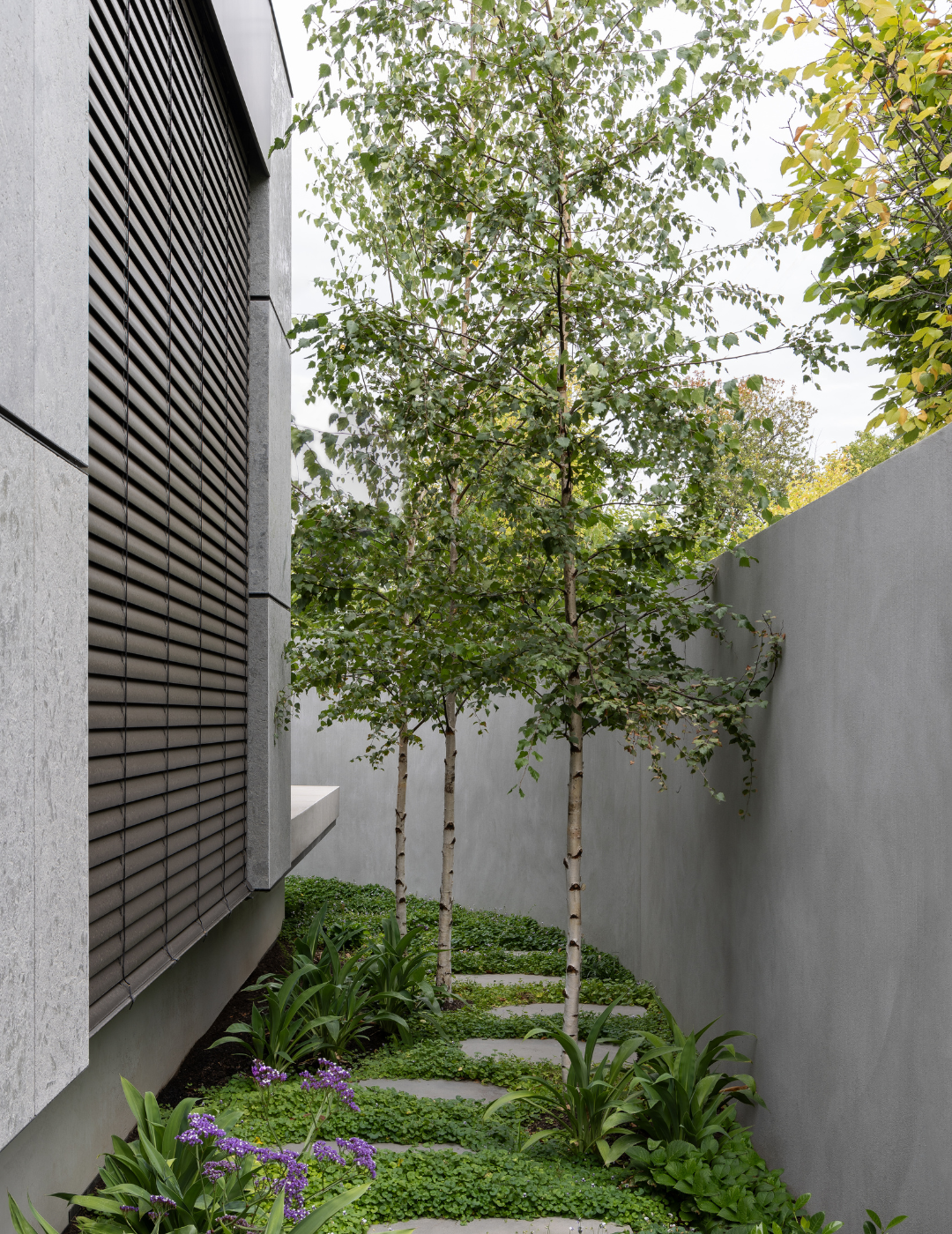
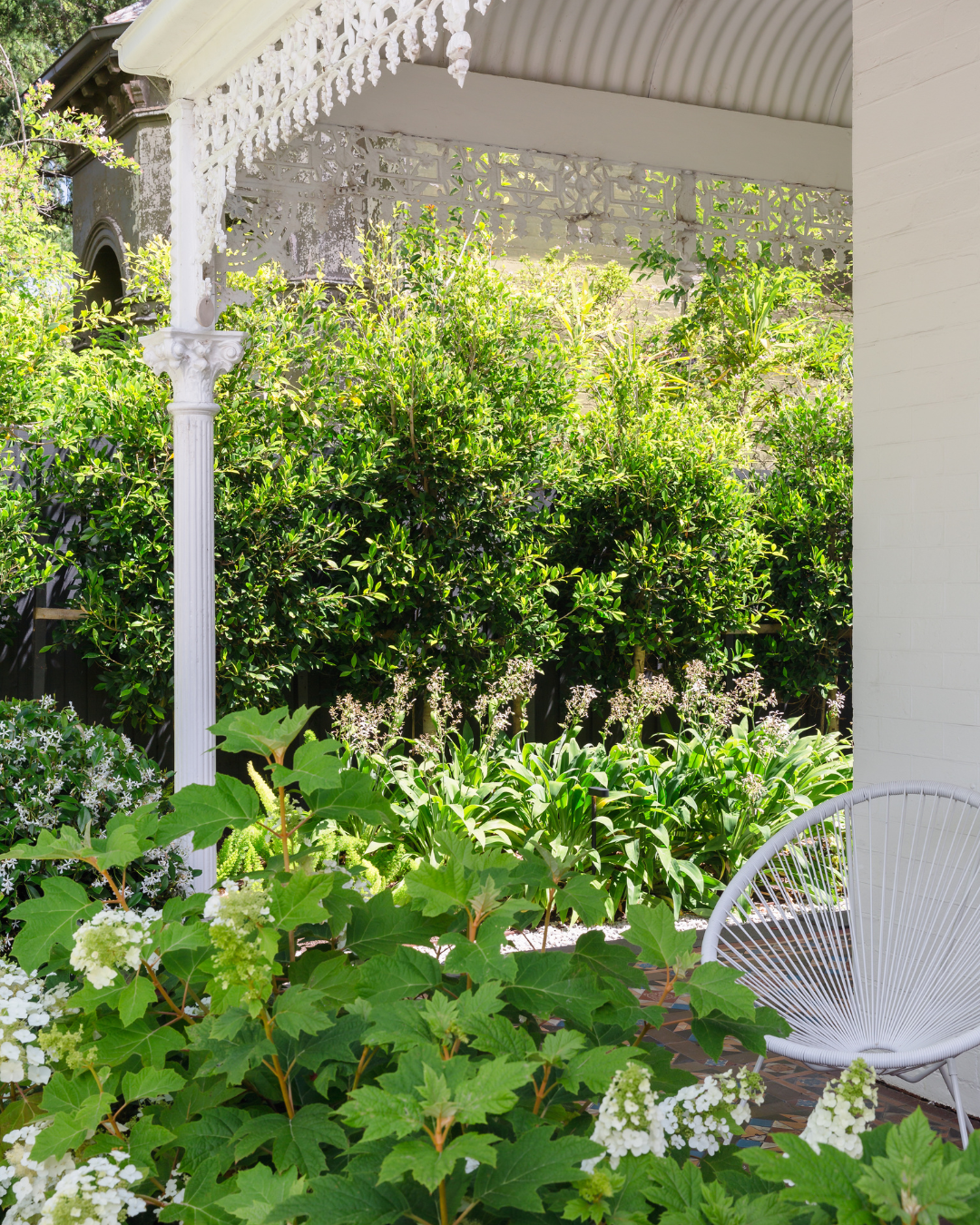
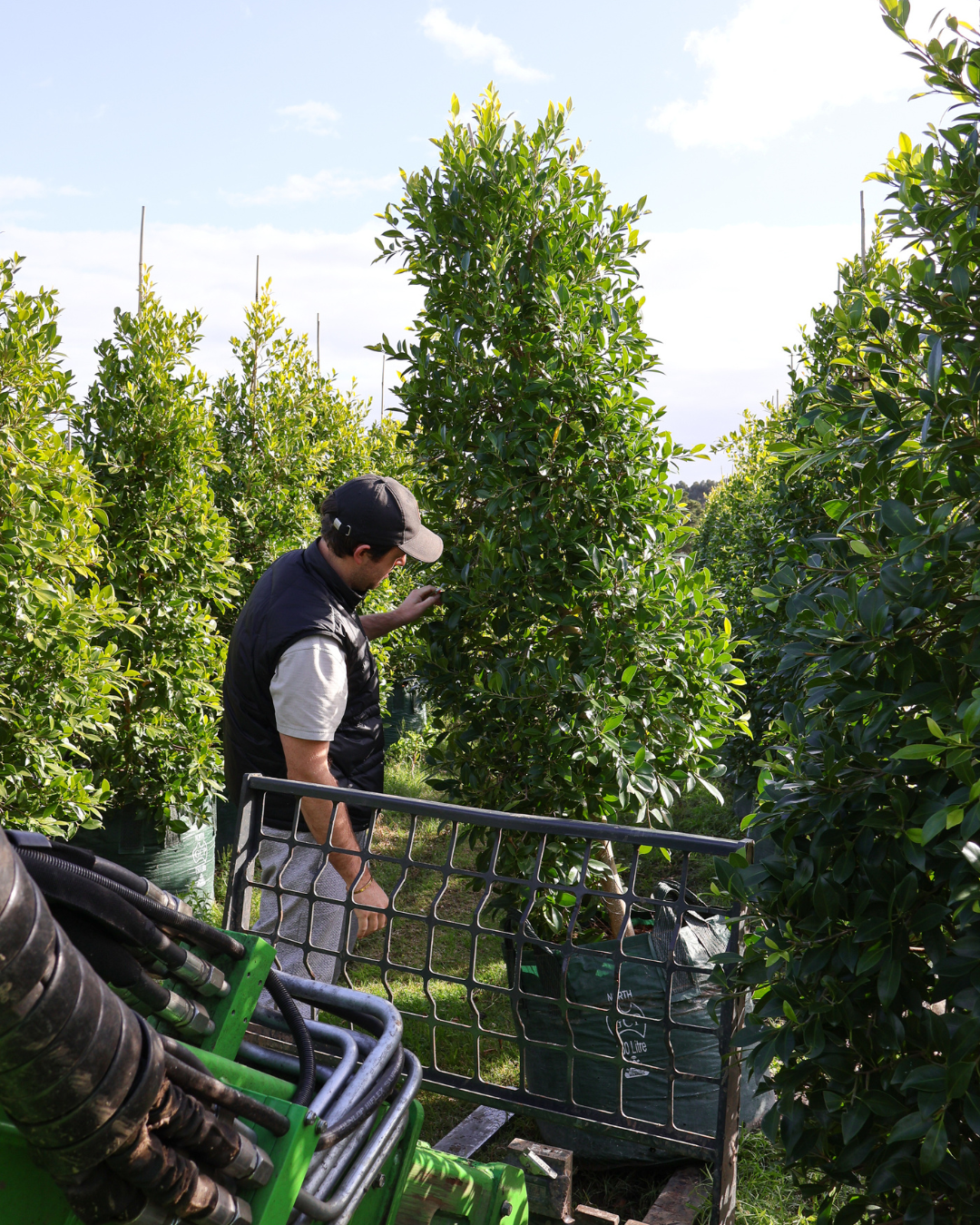
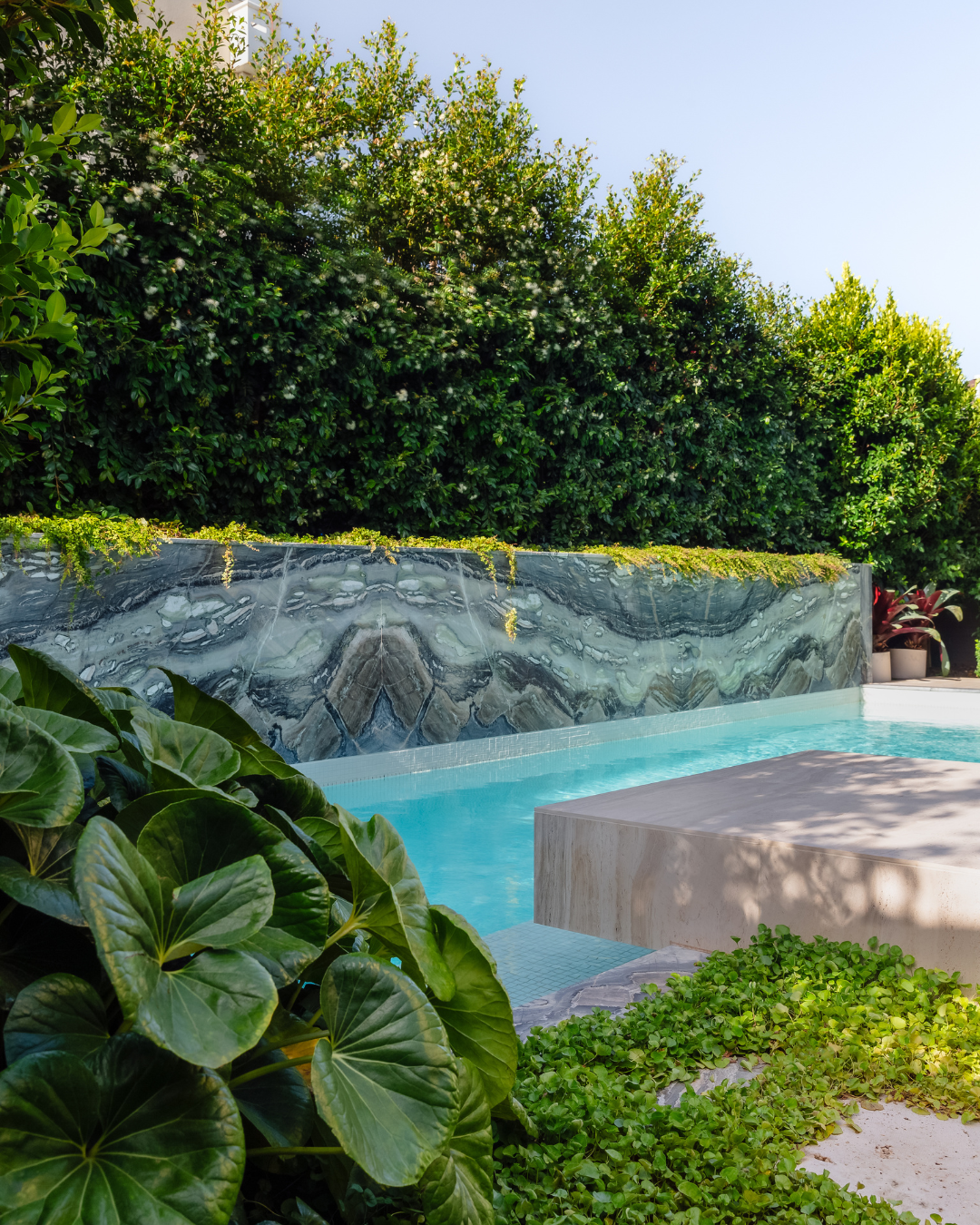
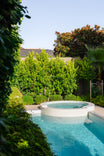
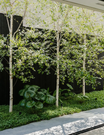
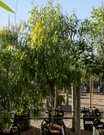
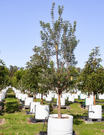
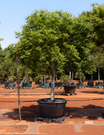
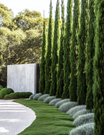
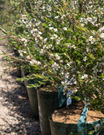
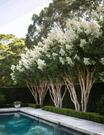
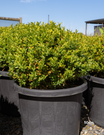
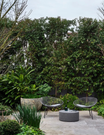
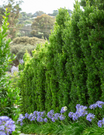
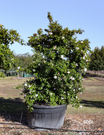
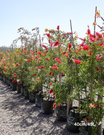
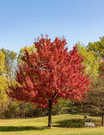
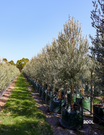
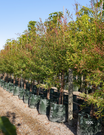
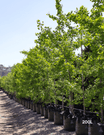
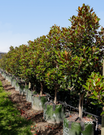
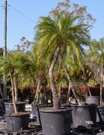
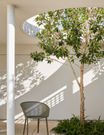
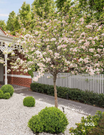
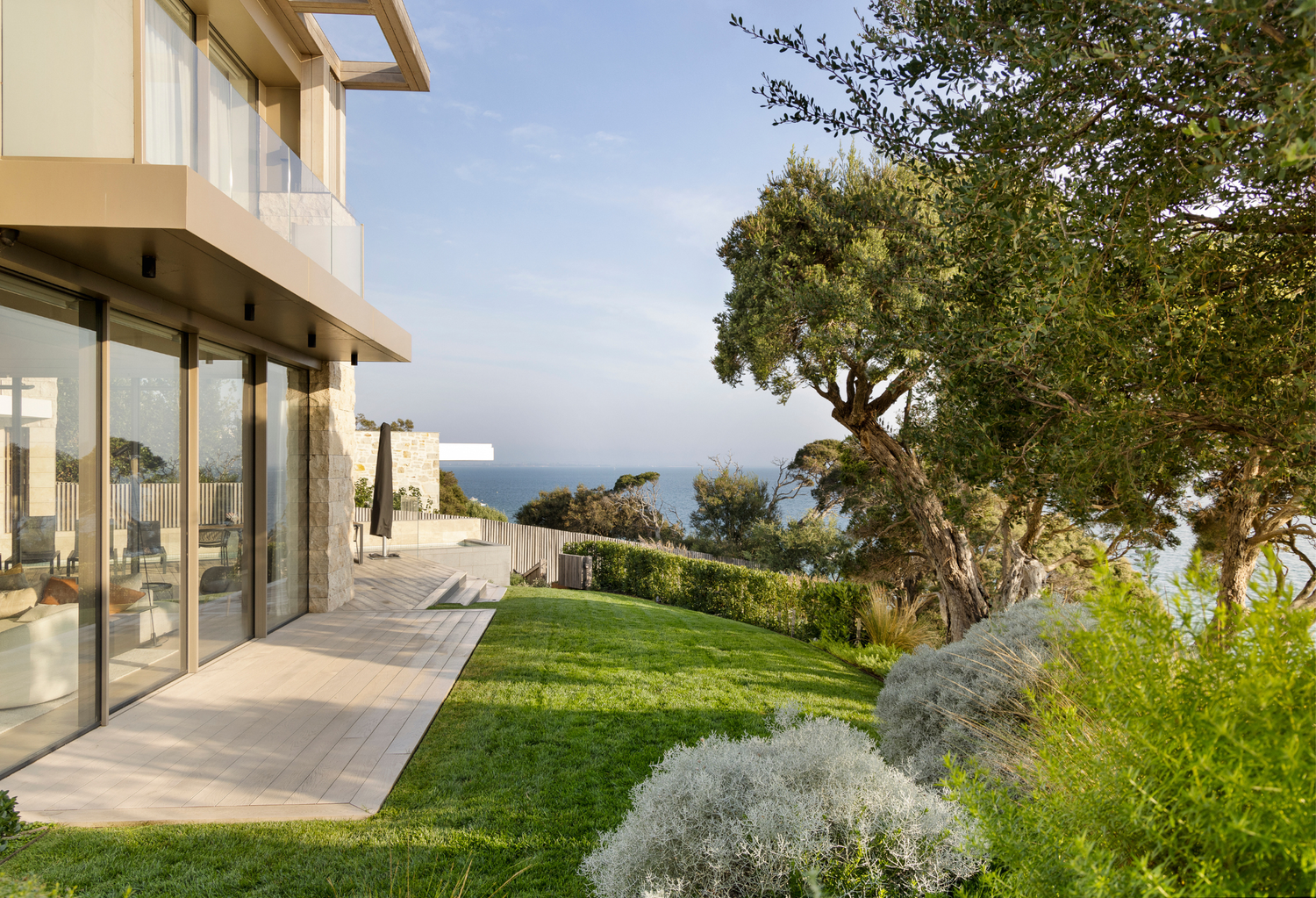





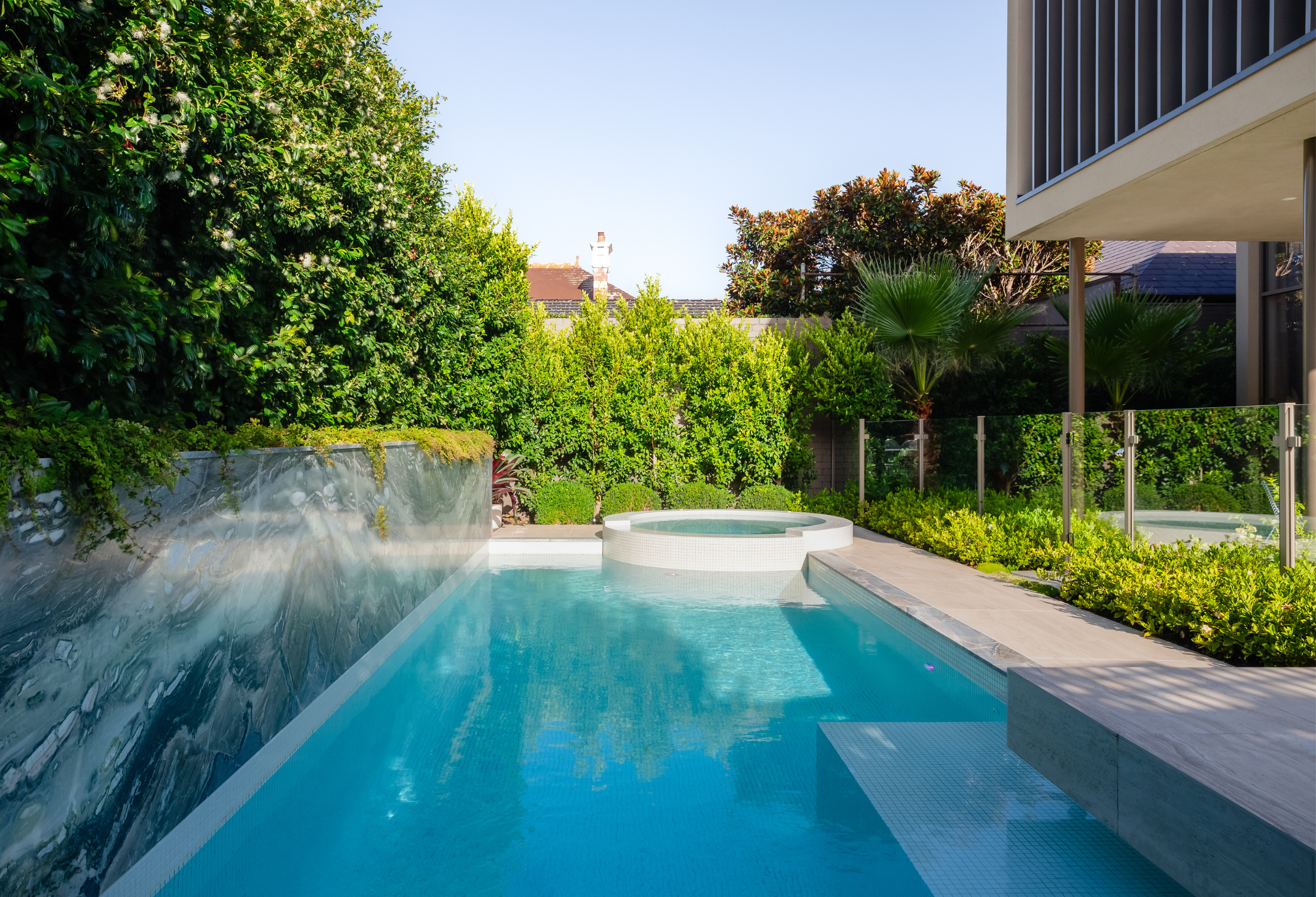
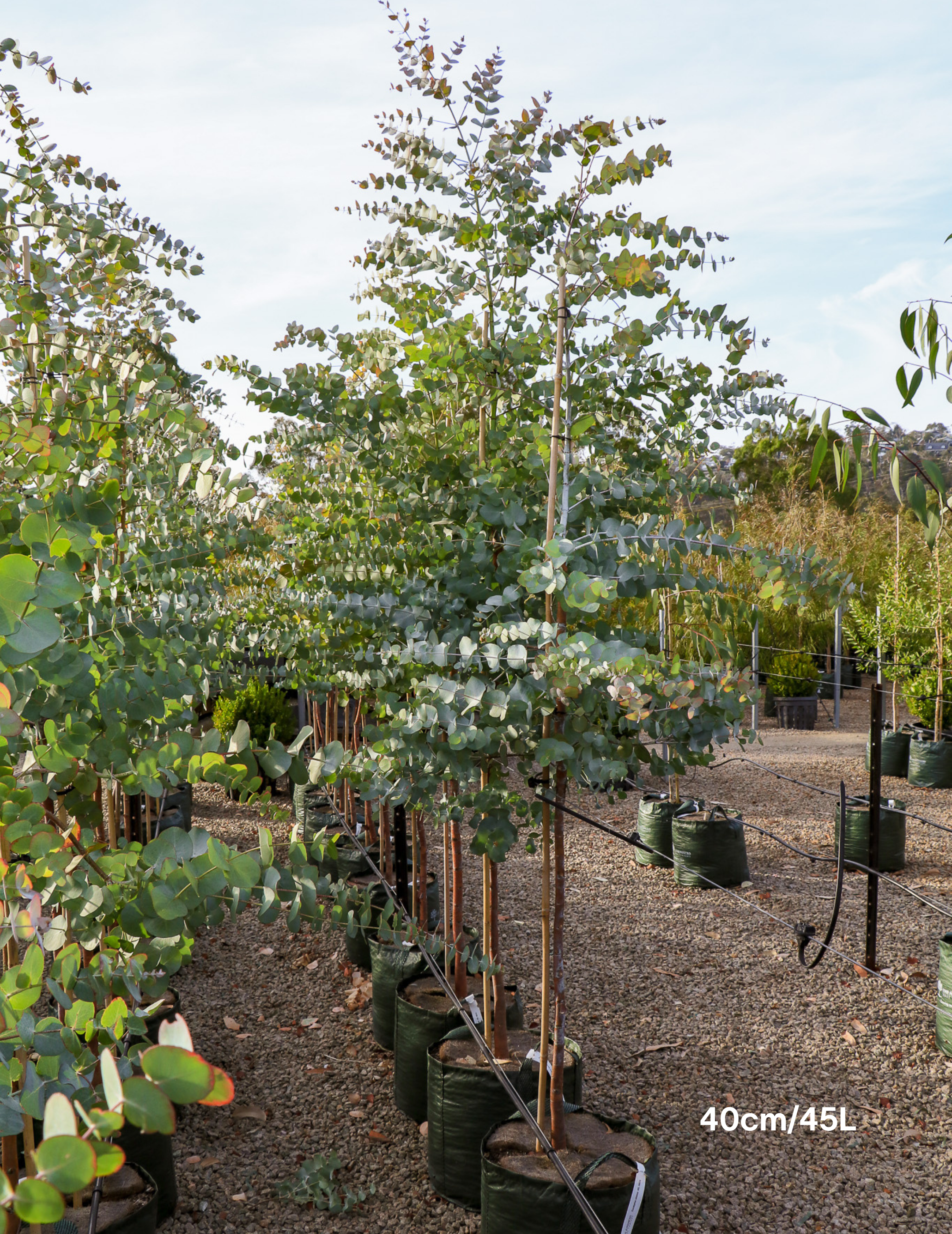
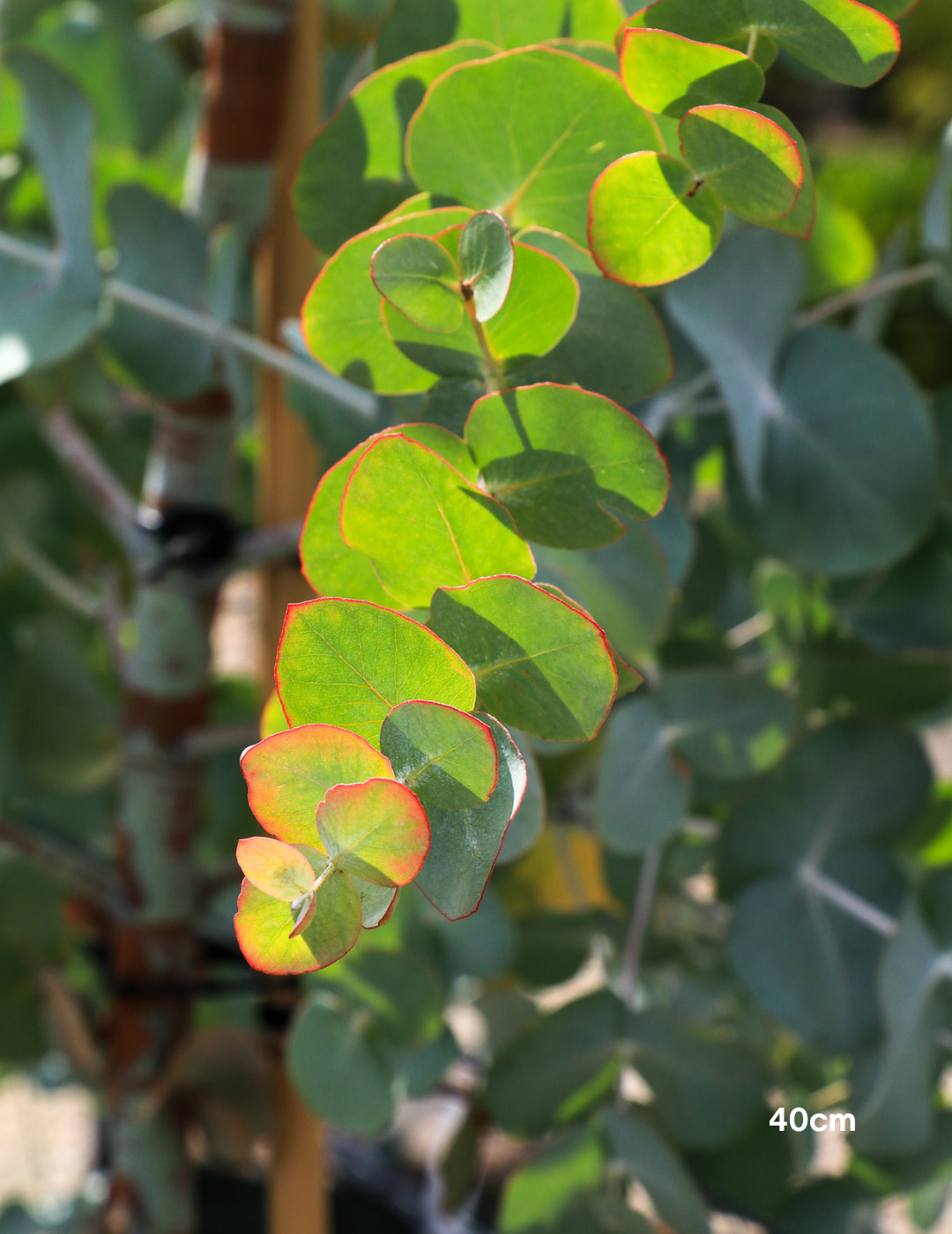
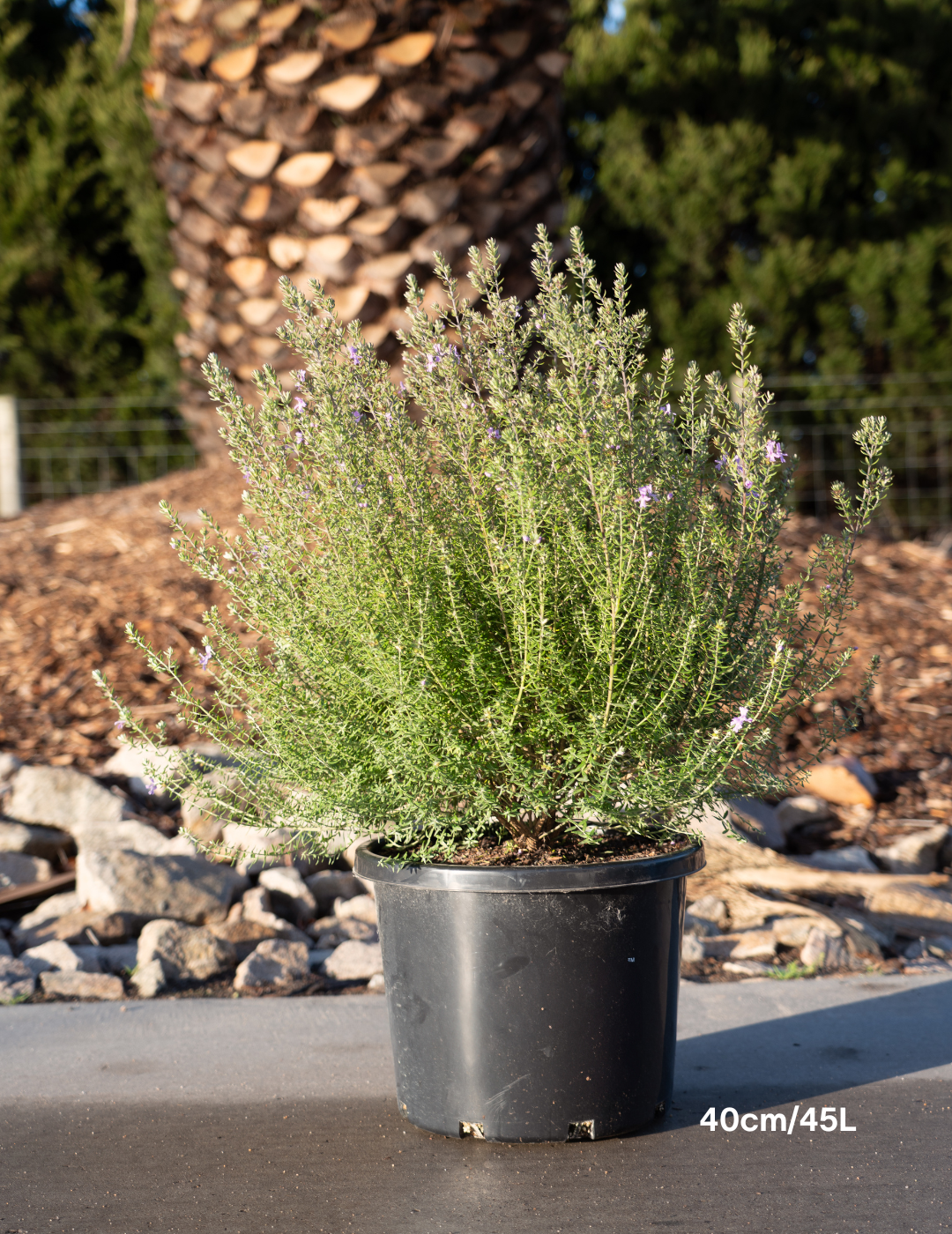
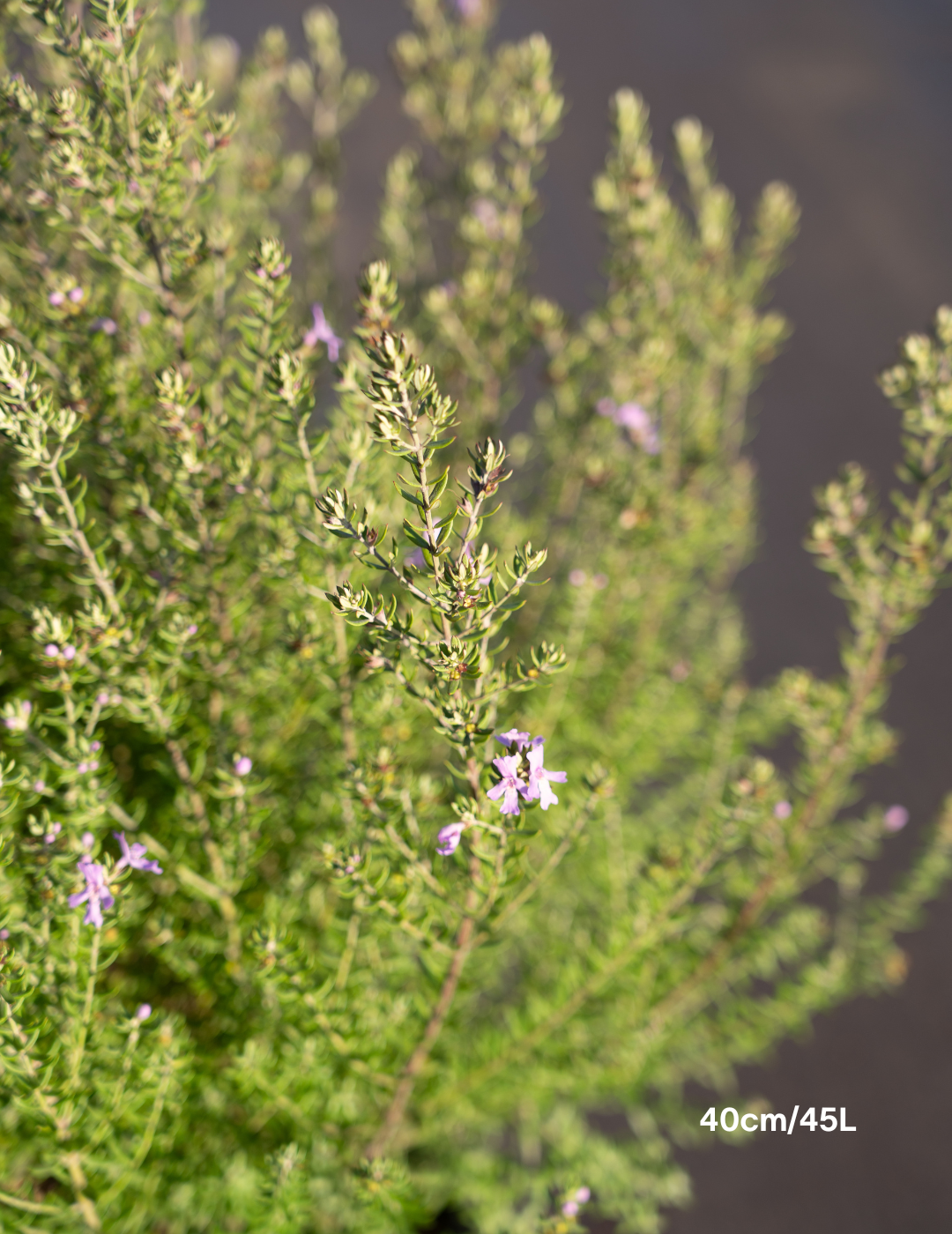
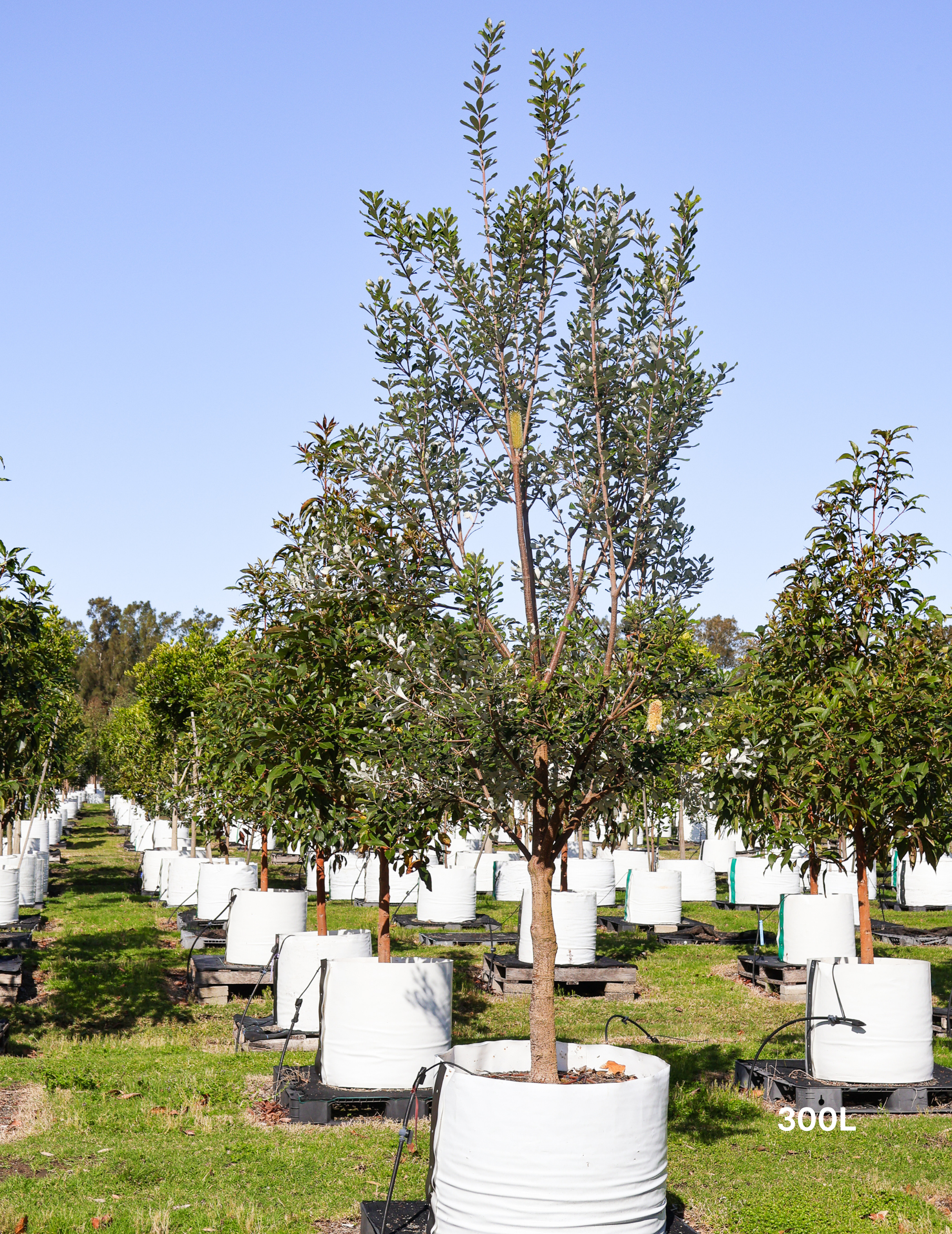
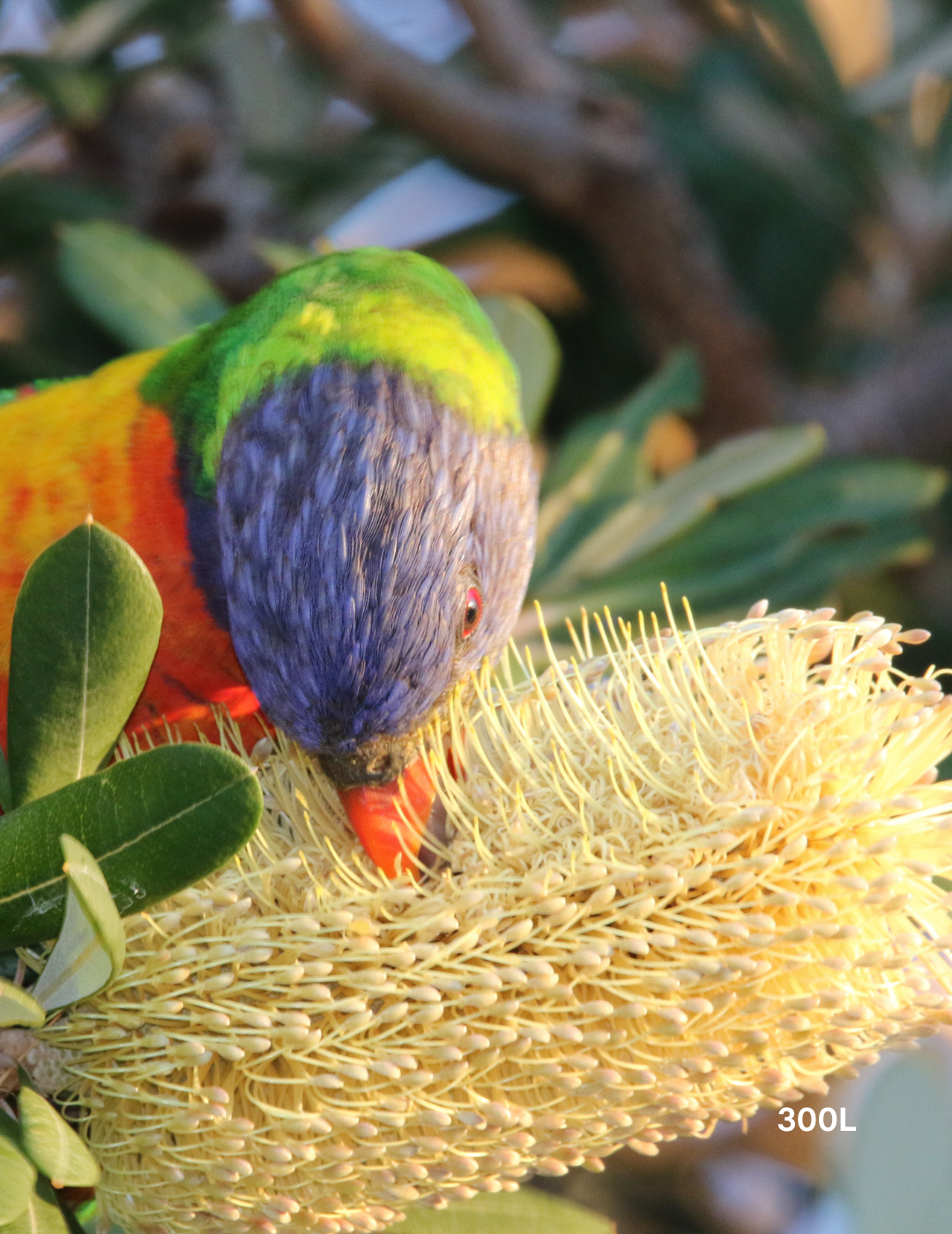
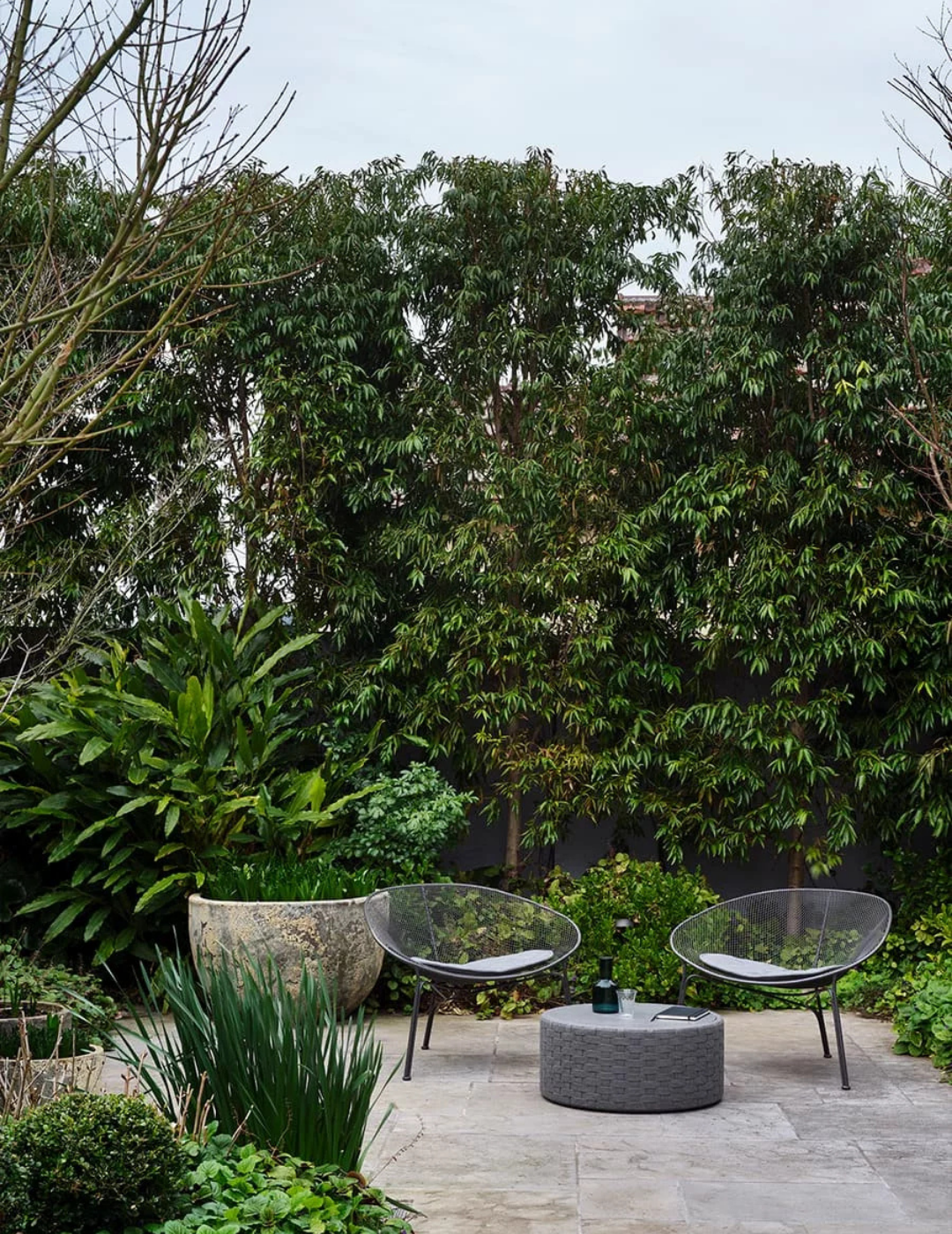
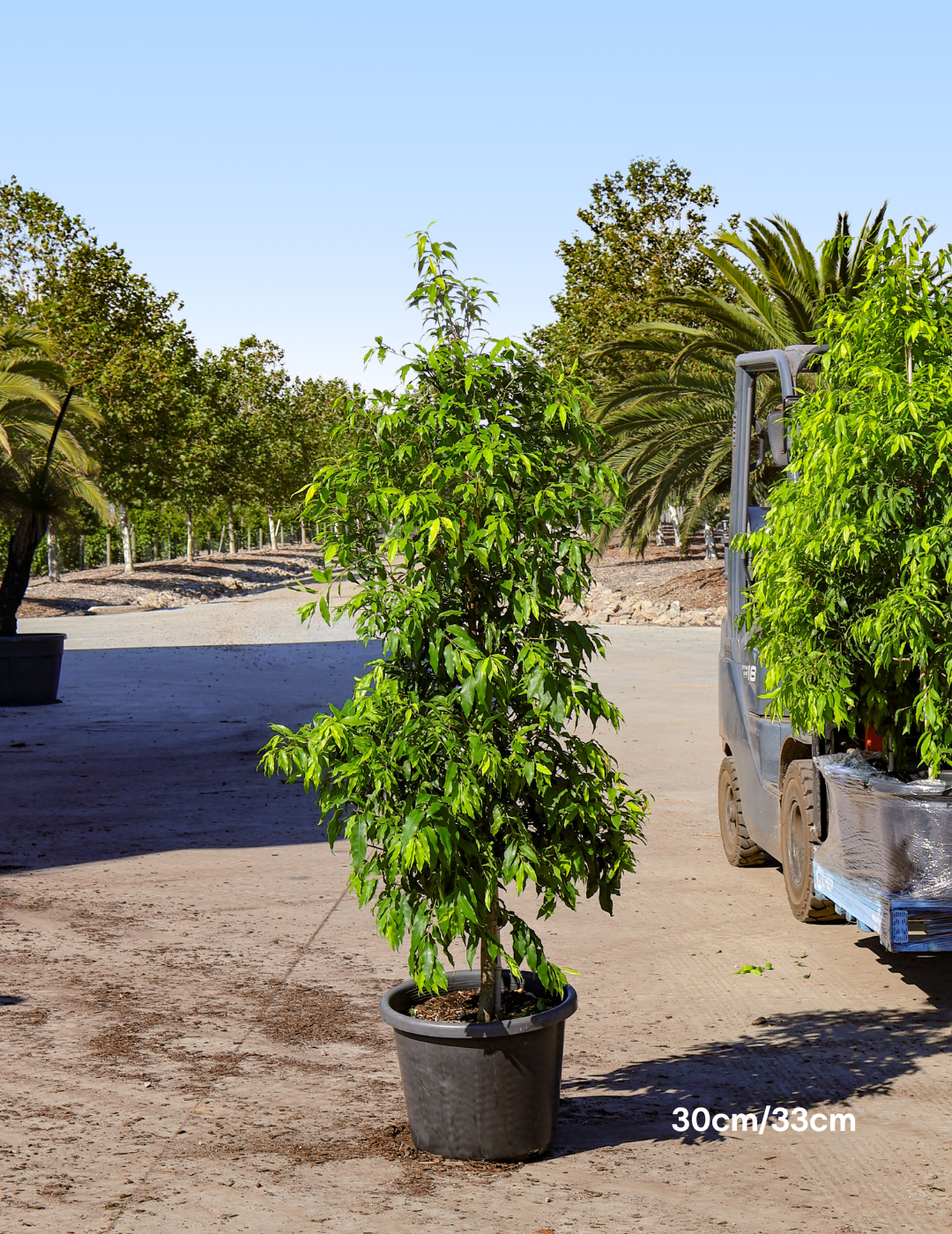
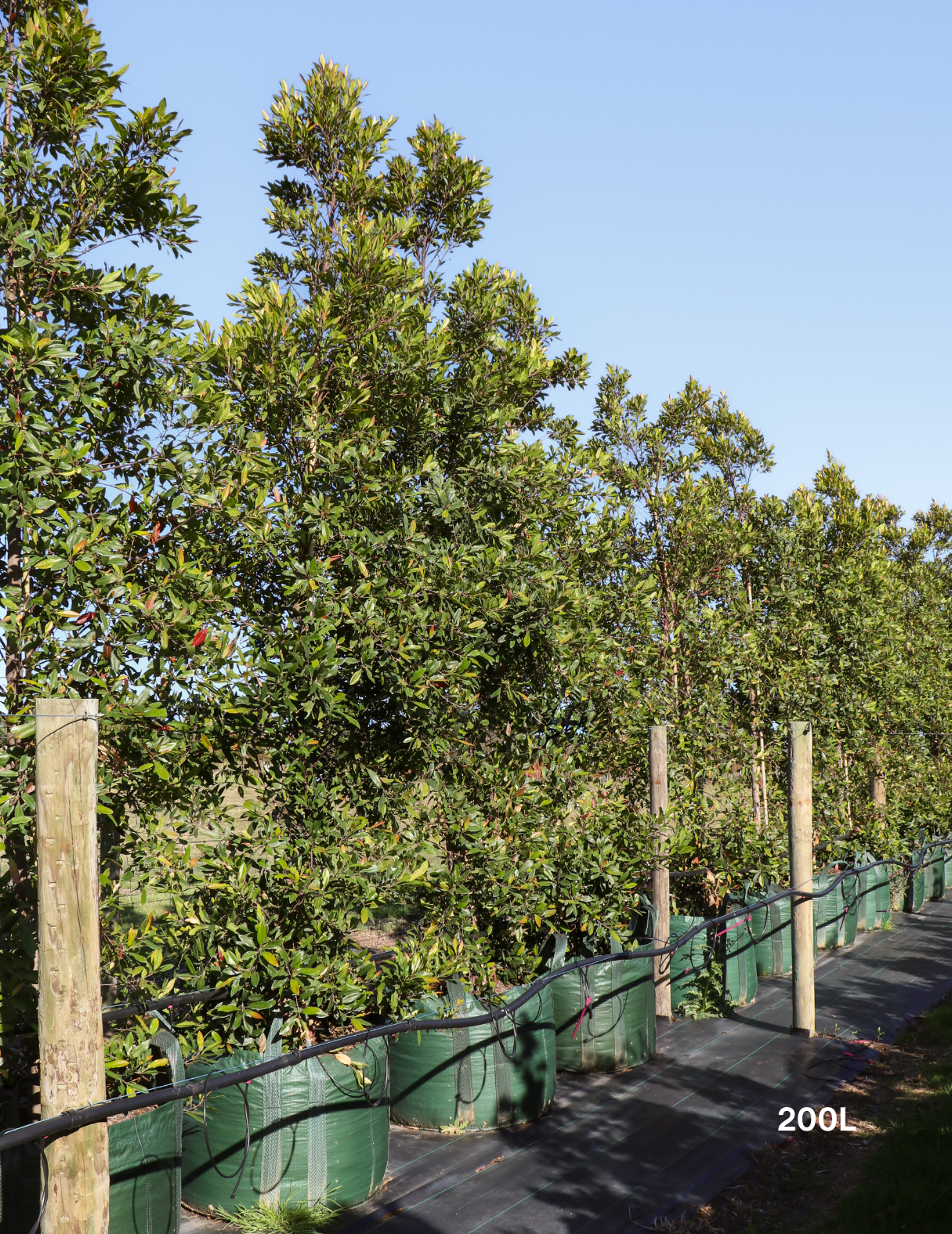
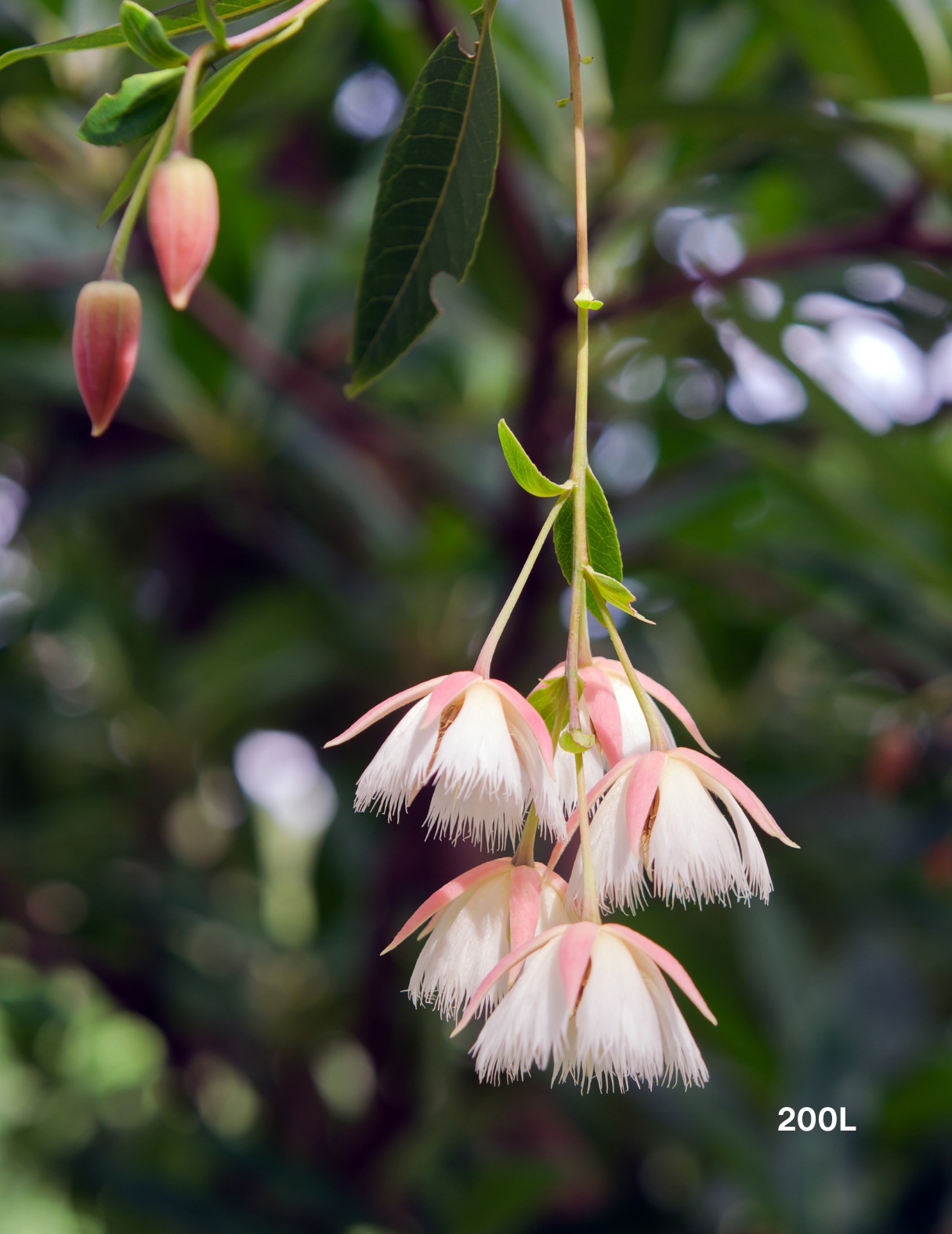
Leave a comment
This site is protected by hCaptcha and the hCaptcha Privacy Policy and Terms of Service apply.